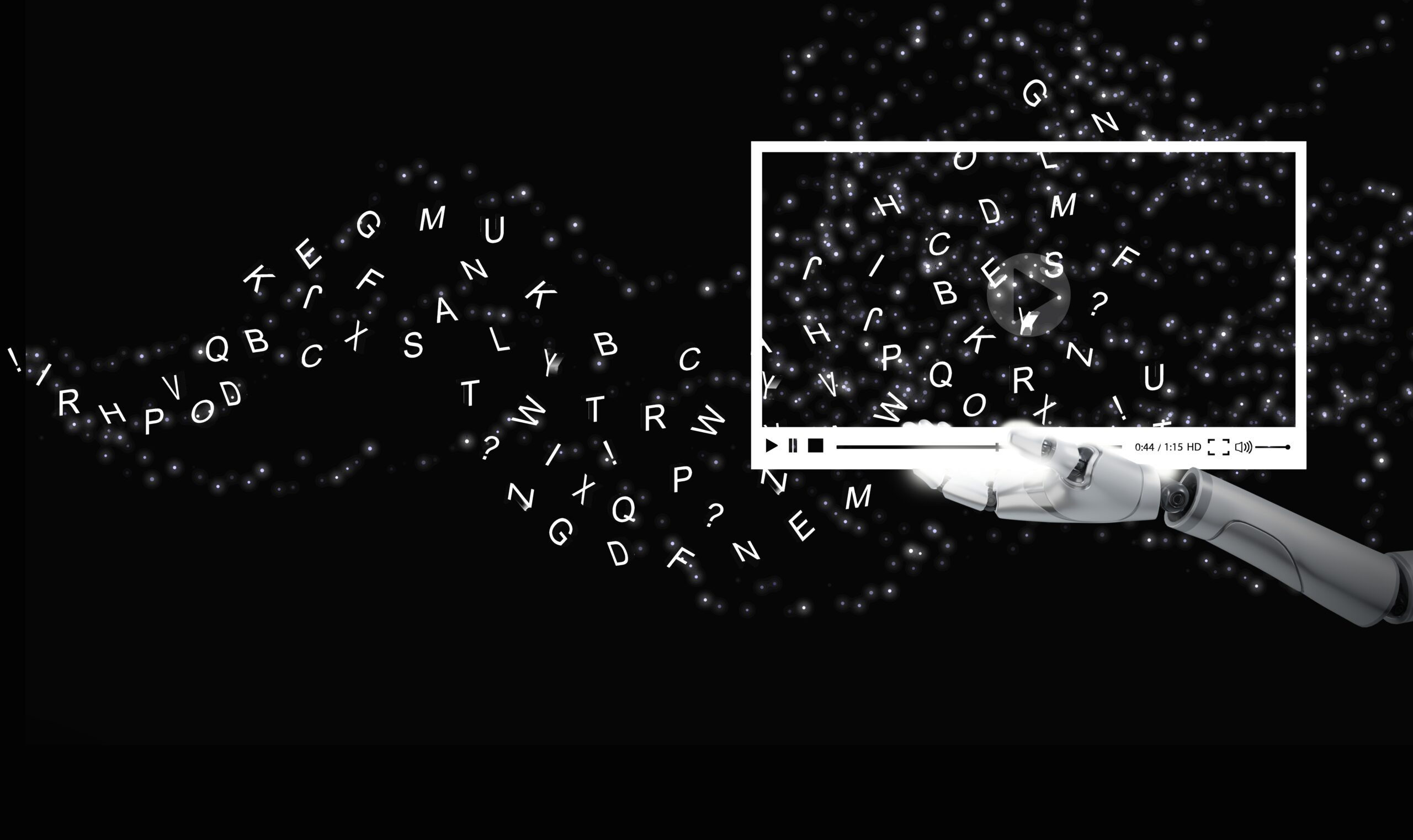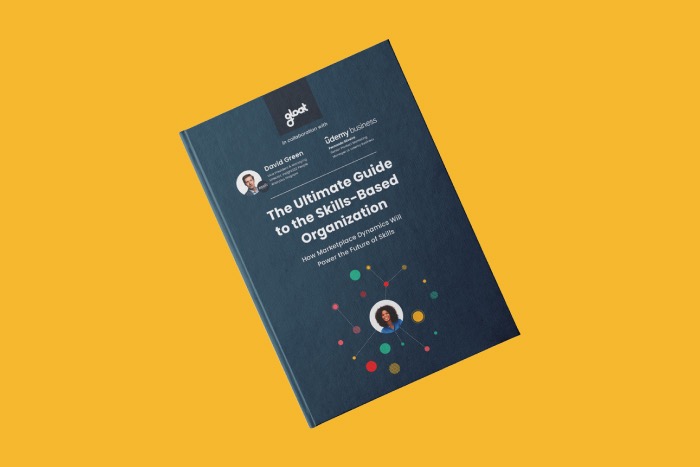Rethinking upskilling and reskilling in the age of AI
How skill-building efforts will evolve as AI innovations continue to advance 2023 will go down in history as a crucial turning point in AI’s evolution. Following the launch of ChatGPT at the start of the year, businesses began experimenting with AI-powered tools in a way they never had before. This rapid adoption highlights the urgent

How skill-building efforts will evolve as AI innovations continue to advance
2023 will go down in history as a crucial turning point in AI’s evolution. Following the launch of ChatGPT at the start of the year, businesses began experimenting with AI-powered tools in a way they never had before. This rapid adoption highlights the urgent need for workforce upskilling to ensure employees have the skills to thrive alongside these new technologies.
Newer innovations include text-to-speech APIs which convert written content into spoken language and tools that generate images from text prompts like DALL-E. More than one-third of employees report that their organizations are already using generative AI in at least one function and 40 percent say their companies expect to invest more in AI overall.
As businesses explore new AI use cases, the skills their workforce needs will undoubtedly change. AI-powered tools are likely to take on many administrative tasks, meaning the employees who are currently responsible for this work will need to hone new skills to complete functions that are higher-level and more strategic. Consequently, leaders must develop upskilling and reskilling initiatives to prepare their people for a future of work that’s hallmarked by human-machine collaborations.
The AI revolution and its impact on jobs
By now, most leaders know that the rise of AI is going to impact jobs around the world —the real question is how work will change as these innovations evolve. Goldman Sachs estimates that roughly two-thirds of current jobs are exposed to some degree of AI automation and that generative AI could substitute up to one- fourth of the work employees currently perform.
Rather than fearing that these tools will put people out of work, leaders should brace for a shift in the responsibility employees are expected to undertake. As AI takes over some of employees’ tasks, it will simultaneously create new roles and responsibilities that workers will need to be upskilled or reskilled in order to take on.
How to prepare for the age of AI
Since AI is poised to usher in a series of significant talent landscape shifts, successful adoption starts with the right leadership decisions to facilitate change at scale. Here are a few steps executives can take to ensure their workforce has the skills needed to thrive in the age of AI. 5 steps for upskilling and reskilling in the age of ai:
#1. Conduct an internal skills audit
Before leaders can launch an impactful upskilling and reskilling scheme to help employees build the capabilities they’ll need for the AI age, executives must first understand where their people’s skills lie. Leaders should take stock of all the capabilities their workforce has, including those carried from previous jobs.
Keeping tabs on workforce skills is often challenging because this information is frequently siloed in a few different HR systems. Most skills taxonomies are also out of date, leading to talent strategies that may not address emerging AI-related knowledge needs. Rather than settling for a subpar understanding of workforce skills, companies are harnessing skills intelligence tools like Gloat’s Skills Foundation to gain visibility into all of their people’s capabilities.
These systems are updated in real-time and pull from an employee’s LinkedIn profile or CV, in turn capturing the full range of knowledge they’re bringing to the table. Skills intelligence tools can also shed light on existing and future skill gaps, as well as showcase which capabilities are likely to become more important in the coming years.
#2. Prioritize education and training
Once leaders understand the skills they have and those they’ll need, they must create pathways to help employees develop these desired competencies. People should have access to an array of educational resources, including content-based curriculums, coaching, and video explainers, and hands-on learning opportunities such as projects and gigs—which are particularly essential for honing on-the-job expertise.
Many companies are harnessing talent marketplaces to connect employees to open opportunities across their organizations that align with the skills their workers need to build. The most impactful platforms include an opportunity hub to centralize all volunteering, learning, and training resources—in turn encouraging people to take advantage of them.
#3. Develop an internal talent pool
HR teams should create a pool of employees with the skills needed to excel in new, AI-focused roles and opportunities. To build this pipeline, HR must identify those who have skills that will make them good candidates for taking on AI-centric roles.
While leaders can bring new talent into their organizations, there’s going to be fierce competition for employees with AI-related skills. Rather than overspending to acquire external talent, leaders should prioritize internal mobility and devise upskilling and reskilling programs to give their people the capabilities needed to take on these in-demand roles. Internal mobility comes with many noteworthy benefits, including reduced hiring costs, enhanced collaboration, and faster onboarding.
#4. Get strategic about AI use cases
While leaders may be tempted to experiment with every new AI use case that emerges, it’s best to take a strategic approach. Paula Goldman, Chief Ethical and Humane Use Officer at Salesforce, believes that executives are quickly becoming more discerning about their company’s AI usage, noting, “I think people are becoming smart about what these new tools are good for and what they’re not good for. I think we’re seeing the emergence of a set of norms and standards for how we interact with these tools responsibly.”
Leaders must consider the direct and indirect consequences of each AI system they’re evaluating and recognize that while AI-powered tools can be incredibly useful, they won’t solve all of the challenges their organizations face.
#5. Empower employees to share their expertise
As employees develop new AI-related skills, they shouldn’t keep this expertise to themselves. Instead, workers should be encouraged to share their knowledge by participating in open projects and serving as mentors so that their colleagues can learn from their experiences.
Mastercard exemplifies how to encourage employees to share expertise with their colleagues across the organization. When cryptocurrency and NFTs were on the rise, they tapped into their talent marketplace to help subject matter experts share key information.
Heather Yurko, VP of Digital Talent, describes the initiative noting, “There was a project created to build an NFT community and to ask someone to be a facilitator and to bring this community together to share information about cryptocurrency, NFTs, and some of the latest trends we’re seeing. Having that built really helped bring people together in a new and different way to learn as a community.”
Why reskilling and upskilling are essential in the AI era
Advances in AI, robotics, and other emerging technologies are happening in shorter cycles, changing the nature of the jobs that need to be done and the skills required to do them. These advancements are revolutionizing a variety of roles and industries in fields as diverse as AI and robotics to social media and e-commerce.
According to the Organization for Economic Co-Operation and Development, as many as 1.1 billion jobs could be transformed by technology over the next decade. As a result of this accelerated technological advancement, the half-life of skills is also shrinking, meaning that information is becoming outdated more quickly than it ever was before—from about 5 years to just 36 months.
The future of reskilling and upskilling
While it’s impossible to predict exactly how AI will impact jobs in the future, most leaders know that these innovations are likely to help employees with some hard skills, like composing an email or writing lines of code. Since AI tools are unlikely to be able to help workers with soft skills like problem-solving and communication, it will be particularly imperative for employees to hone these types of competencies. When people possess skills that are complementary to AI’s capabilities, it will pave the way for more seamless collaborations between humans and machines.
To help your employees develop in-demand skills that will complement AI tools, it’s essential to invest in comprehensive upskilling and reskilling programs. Learn more about how to enhance employee experience through upskilling.
If you’re looking to learn more about the capabilities your workforce will need to prioritize to stay one step ahead of the competition, check out our ultimate guide to becoming a skills-based organization.





